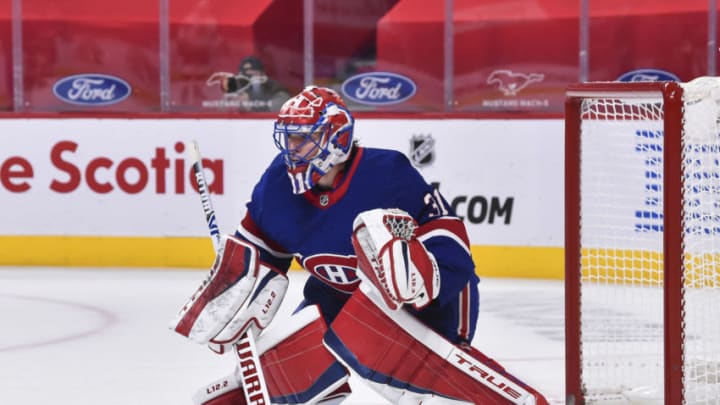Montreal Canadiens: 7 Talking Points

6. Refereeing and Video Review
Alright, here’s a biggie. The NHL’s officiating has seemingly gone from bad to worse for a few years now, with each and every fanbase feeling as though there is a bias against them at some point. And, for the record, I don’t believe in some league-wide anti-Canadiens conspiracy. Despite this, it is pretty clear that the team has been disadvantaged by poor officiating, video reviews and DoPS decisions far more often than they’ve benefitted from them.
In recent memory, the unpunished hits to the head of Armia, Kotkaniemi and Jake Evans, the no-goal call against Brendan Gallagher and the uncalled high-sticking call against Corey Perry have all left Habs fans, myself included, seething. The Perry high-stick was an inexcusable non-call; the referee was approximately a foot away and looking directly at the incident. Perry stopped playing because he got a stick to the face, giving the puck to the Jets, who then tied the game at 3 10 seconds later. The referee is the only one to blame on this one. But it should be noted that these missed calls, obvious as they are, happen to every team in the league.
The other incidents are a problem of unclear rules. I find it interesting that the CBA is meticulously structured, while the NHL rule book seems to lack more clarity than an infant’s handwriting. I could write an entire article on how ridiculous the “50% of contact must be to the head for it to be a headshot” rule is. How does one even define the percentages? Either contact to the head is made or it is not, simple as that. The IIHF has it right in stating that any contact to the head is a hit to the head. Therefore, I don’t really blame George Perros and the DoPS, they are simply following the rule book, which is where the real issue lies.
Last, but certainly not least, video review… In theory, this is a good thing to implement. Of course, we want more calls to be corrected if at all possible, why wouldn’t we? The problem is that the calls made by the decision-makers in Toronto are more unpredictable than roulette, especially when it comes to goaltender interference. I will refrain from ranting about the call on Gallagher’s goal against the Sens, but the decisions made by video-review have been incredibly problematic.
While human error is certainly at fault for some of these blatant decisions, these mistakes could be minimized if only the NHL defined goalie-interference. If, for instance, the NHL made clear that when a defenceman pushes a player into his own goalie and said player makes an effort to minimize contact and interference following the collision that that is not goaltender interference, far fewer fans would be enraged at the league and at video review. Clarity and transparency would go a long way.